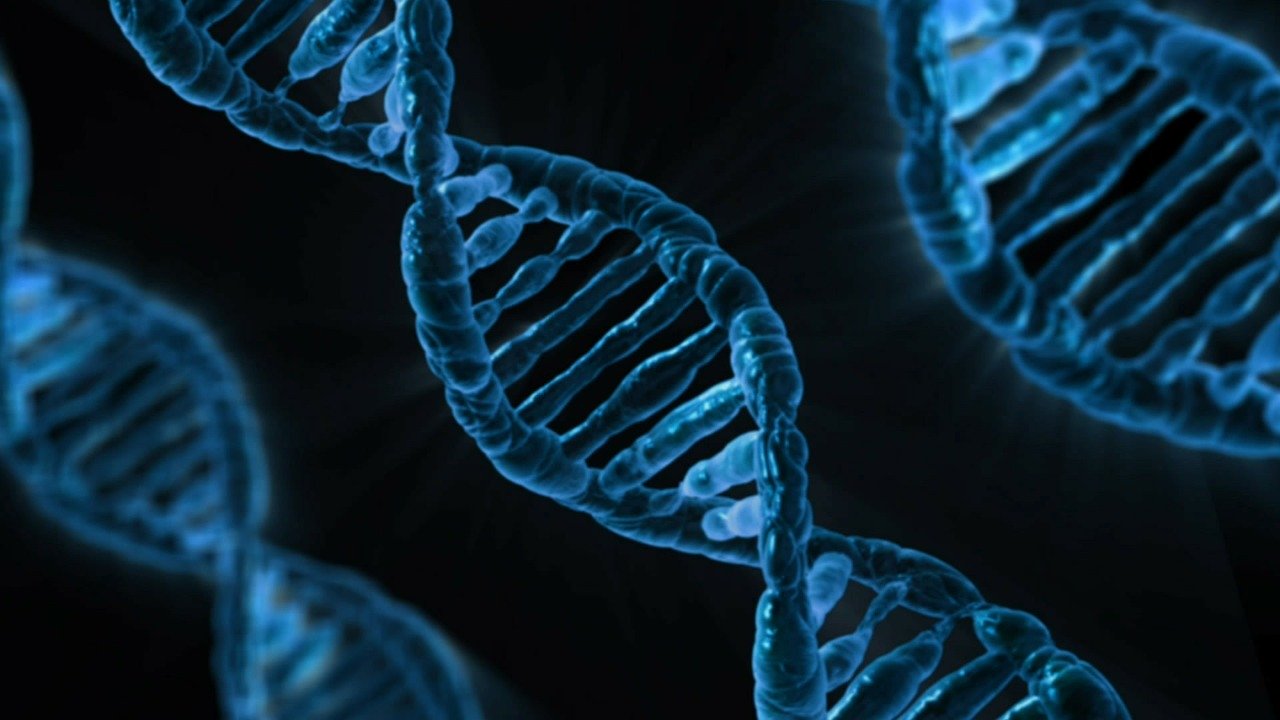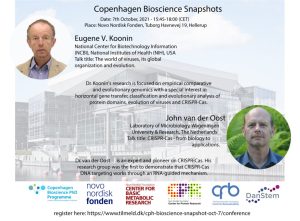Copenhagen Bioscience Snapshot: Evolutionary Genomics with Dr. Eugene Koonin and Prof. Dr. John van der Oost
In this snapshot, our speakers will share insights about their decades-long research in the field of microbiology and virology. Both speakers have played a pivotal role in uncovering the function of the now widely used CRISPR-Cas system, originally a bacterial weapon against bacteriophages. First, Dr. Koonin will guide us through the world of viruses, and how advances in genomics allow for an increased understanding of their evolutionary history. Later, Prof. Dr. Van der Oost will elaborate on the discovery of the CRISPR-Cas system and how it lead to the development of the powerful genetic engineering tool for which it is now known.
Read more
07
October
2021




 Facts
Facts
